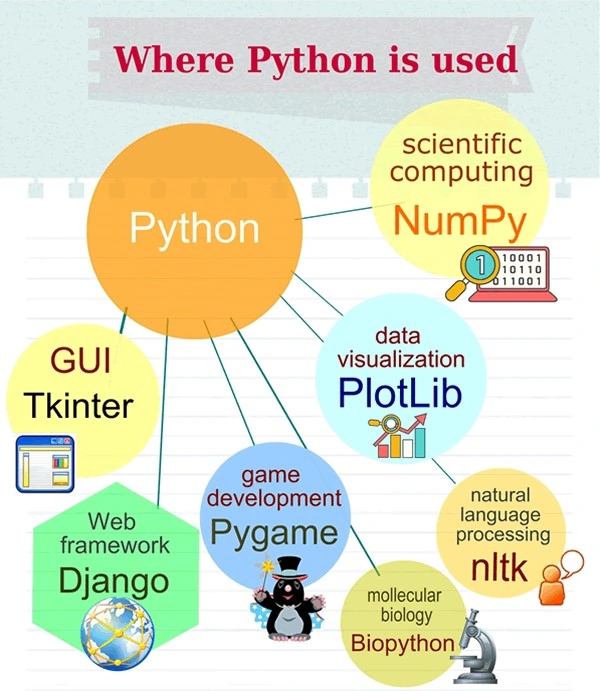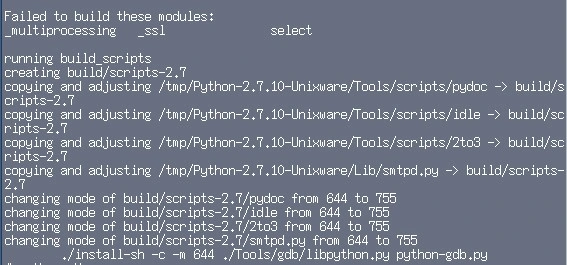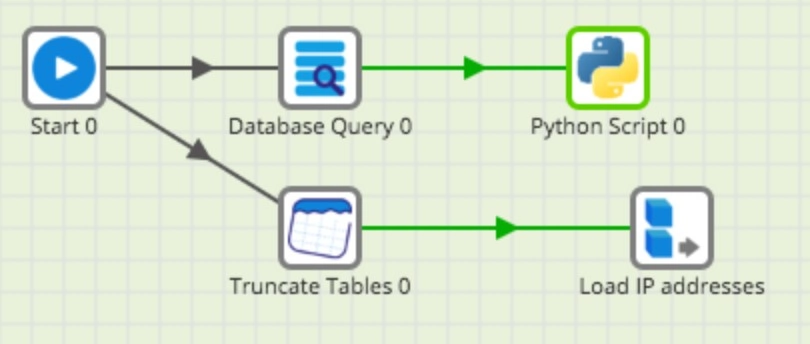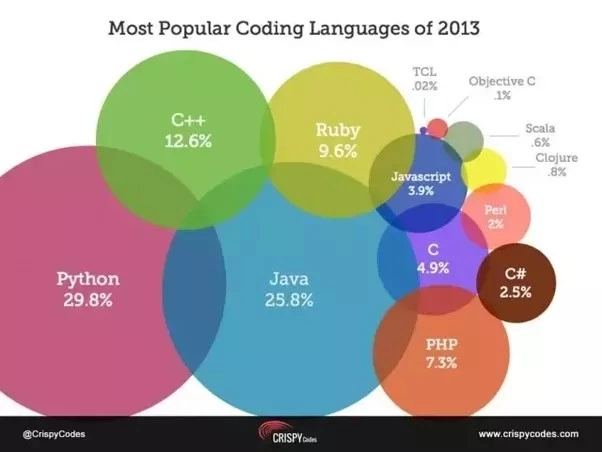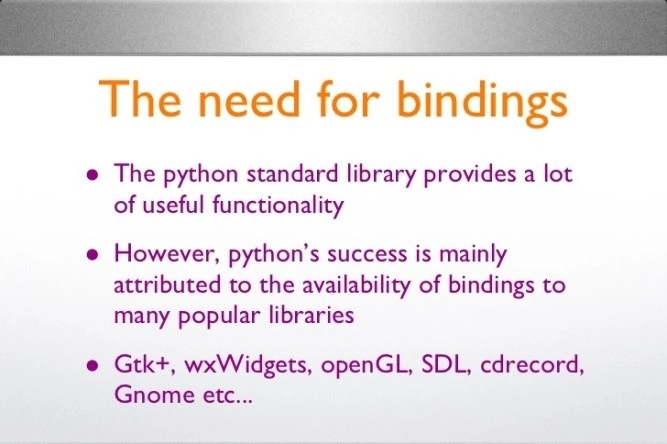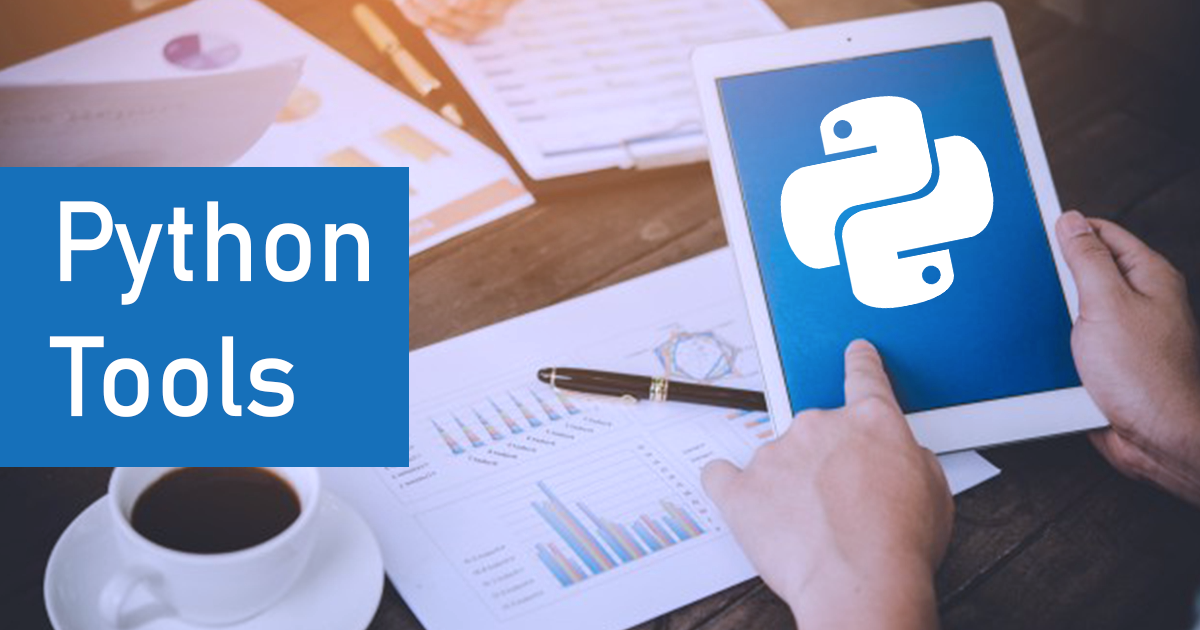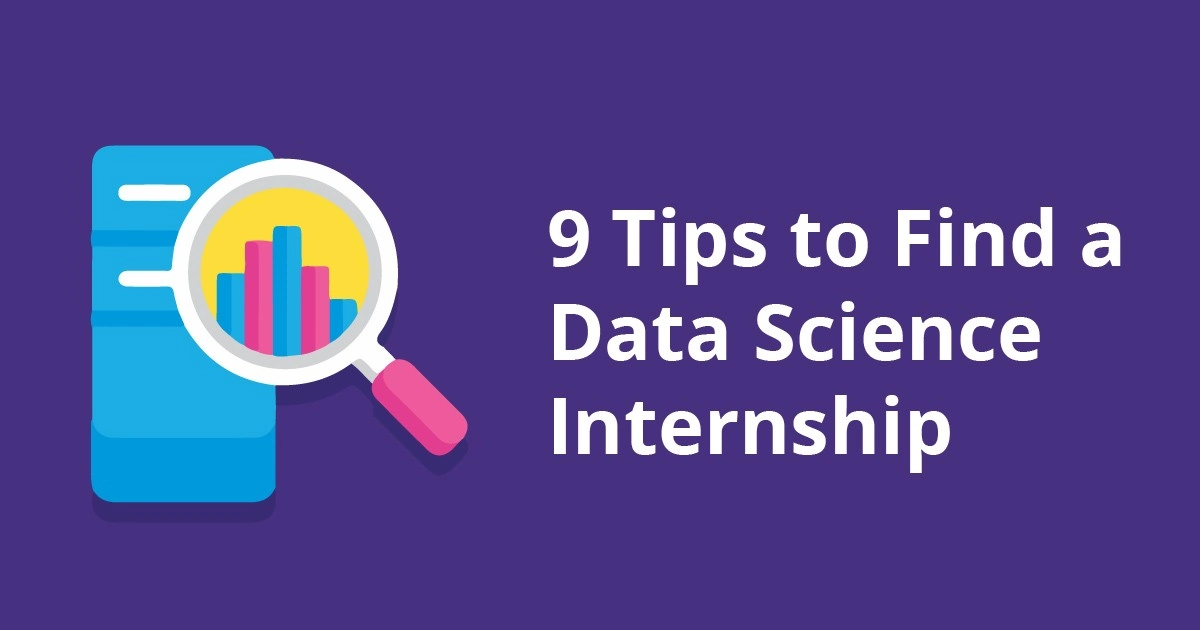Python is a known modular language which imports many useful operations from its standard library. Of course, it isn’t possible to program Python without using it. It has become an excellent alternative for many programmers because of it is an open source program which was developed under an OSI license. You can download, install and run it on any computer without any charge. It is available in various builds and supports around 21 different operating systems making it have universal appeal.
Top 15 Python Library List for Programmers
Below is a python library list which would be useful for any programmer interested in python depending on their area of interest:
1.) Zappa
After AWS Lambda was released along with others that followed, there has been so much focus on serverless architectures. Serverless architectures allow microservices get deployed in the cloud, in an environment that is fully managed where no one cares about managing any server, rather is assigned ephemeral, stateless computing containers fully managed by a certain provider. With this on ground, events like a traffic spike can lead to the execution of more of such containers, therefore making the handling of “infinite” horizontal scaling possible.
Zappa is known to be a serverless framework for Python, however, it has support majorly from AWS API Gateway and Lambda, at the moment. Zappa makes building these so-called apps very easy through API or AWS Console and has various kinds of commands to make deployment and management of different environments easy.
2.) TensorFlow
Well, this python library needs no introduction. Released in 2015 by Google, TensorFlow has gained so much momentum and is the number 1 trendiest GitHub Python repository. It is known to be a library for numerical computation that uses data flow graphs which run over CPU or GPU.
It has been known to become a trend in Machine Learning Community, particularly deep learning, which not only grows in its uses for research but also widely used for production applications. For those doing Deep Learning and intend using it through a higher level interface, it can be used as a backend for Keras or even its newer version, TensorFlow-Slim.
3.) Sanic + uvloop
If you think Python can’t be fast, then think again. Sanic, apart from being among the best software library ever, also is one of the fastest Python web frameworks ever, and might even be the fastest. It is known to be Flask-like Python 3.5+ web server specifically designed for speed.
Also, uvloop is an ultra-fast drop- which is a replacement for asyncio’s event loop which makes use of libuv under the hood. These two things together make an excellent combination. Uvloop, according to the Sanic author’s benchmark, could handle over 33k requests/s which looks very insane (and extremely faster than node.js). Your code can take advantage of the new async/await syntax which would make it appear neat; apart from that, the Flask-style API is highly desirable.
4.) Blaze
You sometimes might want to run analytics over a dataset that is too big to fit your computer’s RAM and might not rely on Pandas or numpy; therefore you normally would seek for alternative tools like Hadoop, PostgreSQL, Spark, MongoDB and a host of others. Of course, depending on the use and strength, one or more could make sense but there is one challenge – you need to learn how each them work and how data can be inserted in the appropriate form.
Blaze is a python library which offers a uniform interface which abstracts you away from various database technologies. This library, at the core, provides a path for express computations. Although it doesn’t really do any computation itself, it only knows how to instruct a specific backend that is charge of performing it. There is a lot more about Blaze; several libraries have of its development. For instance, Dask uses a drop-in replacement for NumPy matrix/array which is able to handle content that is larger than memory and leverage multiple cores, which also comes with dynamic task scheduling. Now, isn’t that really interesting?
5.) gym + universe
If you know about Al, then you must have heard about the OpenAI, a non-profit artificial intelligence research company. Well today, researchers have open sourced some Python code. Gym is actually a Python library toolkit used for developing and comparing algorithms that are for reinforcement learning. It comprises of an open-source library having a collection of test problems (or environments) that one can use for testing reinforcement learning algorithms, as well as a site and API allowing the comparisons of trained algorithm (agents) performance. Since it isn’t bothered about agent implementation, it can be built with any computation library of your choice like Theano, TensorFlow, bare numpy, etc.
Also, a software platform known as the universe has been released recently and is used for researching into general intelligence across websites, games and a whole bunch of platforms. It also perfectly fits with gym since any real-world application is allowed to be turned into a gym environment. Researchers are doing everything possible to make sure this limitless possibility leads to research accelerating into agents that are smarter and able to solve general purpose tasks.
6.) boto3
For those who have their infrastructure on AWS or probably use their services like S3, they would be delighted to hear that boto, a Python interface for AWS API, has gotten a complete rewrite from the scratch. The awesome thing about this is that there is no need for migrating all one’s app at once. Why? This is because boto3 and bot can be used at the same time; for instance, the most recent parts of one’s applications can be executed by boto3.
There is more consistency in this implementation between different services and since a data-driven approach is used for generating classes at runtime from JSON description files, it gives faster updates. With the new boto3, there will be no more lagging behind!
7.) asyncpg
With the most recent developments for asyncio framework, the guys from MagicStack have come up with this efficient asynchronous (currently CPython 3.5) database interface Python library which is designed majorly for PostgreSQL. It has no dependencies which mean it has no need for the installation of libpq. Similarly, with psycopg2, which is known to be the most popular PostgreSQL adapter for Python, it exchanges data with the database server in text format. Also, asyncpg uses PostgreSQL binary I/O protocol, which allows support for generic types and also comes alongside several benefits.
One thing to note is that asyncpg is at least 3 times faster than psycopg2 and faster than the node.js and Go implementations.
8.) Bokeh
Of course, we are familiar with some Python libraries offered for data visualization with seaborn and matplotlib being the most popular. However, Bokeh is a Python Library created mainly for interactive visualization and targeting modern web browsers for the presentation. It means that Bokeh can be used for creating a plot which allows you explore data from any web browser. The awesome thing about it is that you can use it with your go-to tool for research because it tightly integrates with Jupyter Notebooks. Also, there is bokeh-server, an optional server that has several powerful capabilities such as server-side downsampling of dataset that are large (this implies that there will be no slow network transfer/browser anymore!), transformations, streaming data and much more.
9.) Hug
Hug is a known next-generation Python 3 Library that offers the cleanest way for creating HTTP REST APIs in Python. Although it isn’t a web framework even though it performs this function properly, it concentrates mainly on exposing idiomatically correct and standard internal Python APIs externally. This is a simple idea where you define structure and logic once; you can also expose your API via multiple means. At the moment, it supports command line interface or REST API.
Type annotations can be used that allow hug generate documentation for your API and also provide validation as well as clean error messages that would make everything much easier. Hug is known to be built on the high-performance HTTP library of Falcon. This means that this production can be deployed using any available WSGI-compatible server like gunicorn.
10.) Arrow
There is a popular saying in Computer Science about the only two hard problems that exist – naming things and cache invalidation. But there seems to be another vital thing not included: managing datetimes. Anyone who has ever tried to do that in Python would know that the Python Standard Library has tons of types and modules: datetime, calendar, date, timedelta, tzinfo, pytz, relativedelta, etc. The bad thing is that by default, it is timezone naïve.
Arrow offers a sensible approach to making, manipulating, formatting and also converting times, dates and timestamps. It could also be a replacement for the datetime type which supports Python 2 or 3, also offers a fancier interface along with filling the gaps with new functionality like humanize. Using arrow can help you reduce the boilerplate in your code even if you have no need of it.
There are so many python libraries which are common such as Flask, Django, Django Rest Framework and many others but many programmers aren’t aware of the ones mentioned above. Apart from the aforementioned list, there are others.
Recent Python Library List
Below is a recent Python library list that you might also be interested in:
1.) phonenumbers
Phonenumbers is a Python library that acts as a port of Google’s libphonenumbers which can be used to format, parse and validate phone numbers using very little code. Of course since working with and validating phone numbers can get complicated at times; this python library can come to the rescue. Also, phonenumbers can indicate if a phone number is unique or not and it works on both Python 2 and 3.
This library has been extensively used in several projects majorly through the Django-phonenumber-field adaptation, to solve tedious problems that always pop up.
2.) retrying
This Python library aids in avoiding reinventing the wheel by implementing a retrying behavior. This is done when it provides a generic decorator that makes retrying abilities effortless and also has a couple of properties that can be set so they have a retrying behavior like a maximum number of attempts, backoff sleeping, delay, error conditions and many others.
3.) influxdb
If you plan to store tons of data on a time-series basis, then you should think of using InfluxDB. This Python library is basically a time-series database that has been used for storing measurements. It’s very easy to use and very efficient through RESTFul API, which is compulsory when we talk about data. Also, grouping and retrieving data is less tedious because if the inbuilt clustering functionalities. The official client abstracts away majority of it by invoking the API, however, it is would be desired for it to be improved by using a Pythonic manner of creating queries instead of just writing raw JSONs.
4.) jupyter
Jupyter Notebooks makes it simple for interacting with code, results, and plots and has become one of the most preferred tools used by data scientists. The notebooks are simply documents that combine documentation and live code. Because of this, it is the major go-to tool used to create fast tutorials and prototypes.
Jupyter is known to be used for writing Python code alone but these days it has included support for other languages like Haskell or Julia.
5.) plumbum
Although several solutions have been tried for subprocess wrappers so as to call other executables or scripts from Python programs but the plumbum’s model seems to have dominance over them all. With a syntax that is easy to use, local or remote commands can be executed, you can also obtain output or error codes in a cross-platform manner, and if that seems not to be enough, you also get composability as well as an interface to build command line applications.
There are several other python libraries that we won’t be able to mention in our python library list and they can be gotten from the internet. If you intend to use any of them, just go online and search for the most suitable one you desire and find out how to install python library on your computer. There are so many companies who also specialize in developing heavy Data Science Course backends using various components; therefore thorough research on them could yield results.

